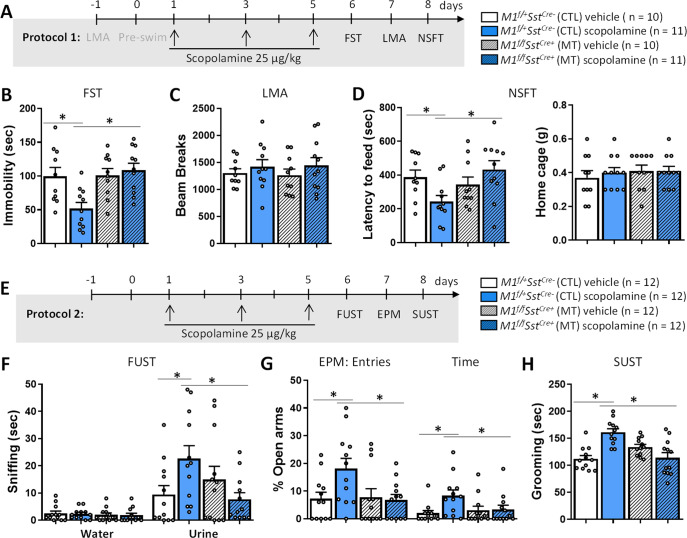Fig. 2. M1R deletion in SST interneurons blocks the rapid and sustained antidepressant- and anxiolytic-like effects of scopolamine.
A Time course for Protocol 1 and cohorts to test M1f/+SstCre- control (CTL) and M1f/fSstCre+ mutant (MT) mice in tests of stress-responsive behaviors. B Effects of SST M1R deletion on scopolamine-induced behavioral responses in the forced swim test (FST, Fint 1,38 = 6.81, p < 0.05), C locomotor activity (LMA, Fint 1,38 = 0.062, p > 0.05), D novelty-suppressed feeding test (NSFT, Fint 1,38 = 7.08, p < 0.05). E Time course for Protocol 2 and cohorts to test M1f/+SstCre- control (CTL) and M1f/fSstCre+ mutant (MT) mice in tests of stress-responsive behaviors. F female urine sniffing test (FUST, Urine: Fint 1,44 = 6.82, p < 0.05; Water: Fint 1,44 = 0.00, p > 0.05), G elevated plus-maze (EPM, entries: Fint1,44 = 4.26, p < 0.05; time: Fint 1,44 = 3.81, p < 0.05) and H sucrose splash test (SUST, Fint 1,44 = 25.05, p < 0.05). Each bar represents the mean ± standard error of the mean (SEM). *p ≤ 0.05 compared to the control group, treatment*genotype interaction (Fint) evaluated by Two-way ANOVA followed by Duncan test.

